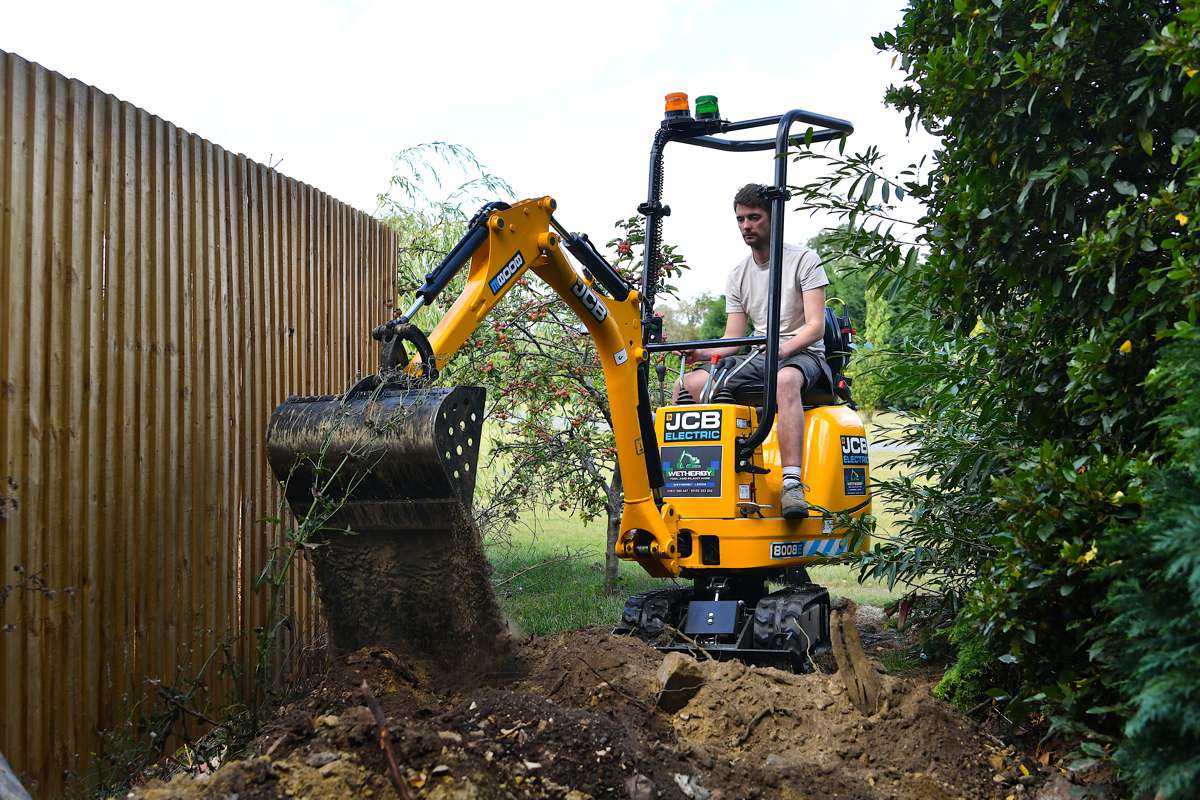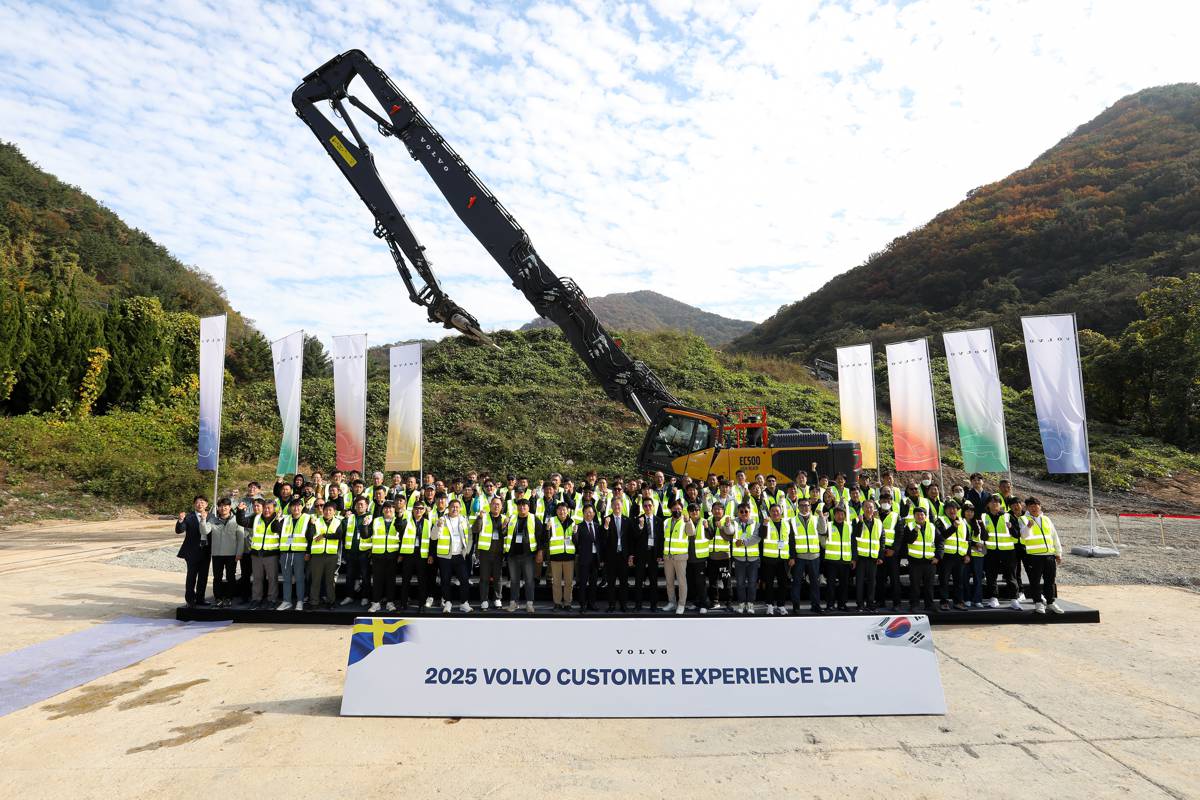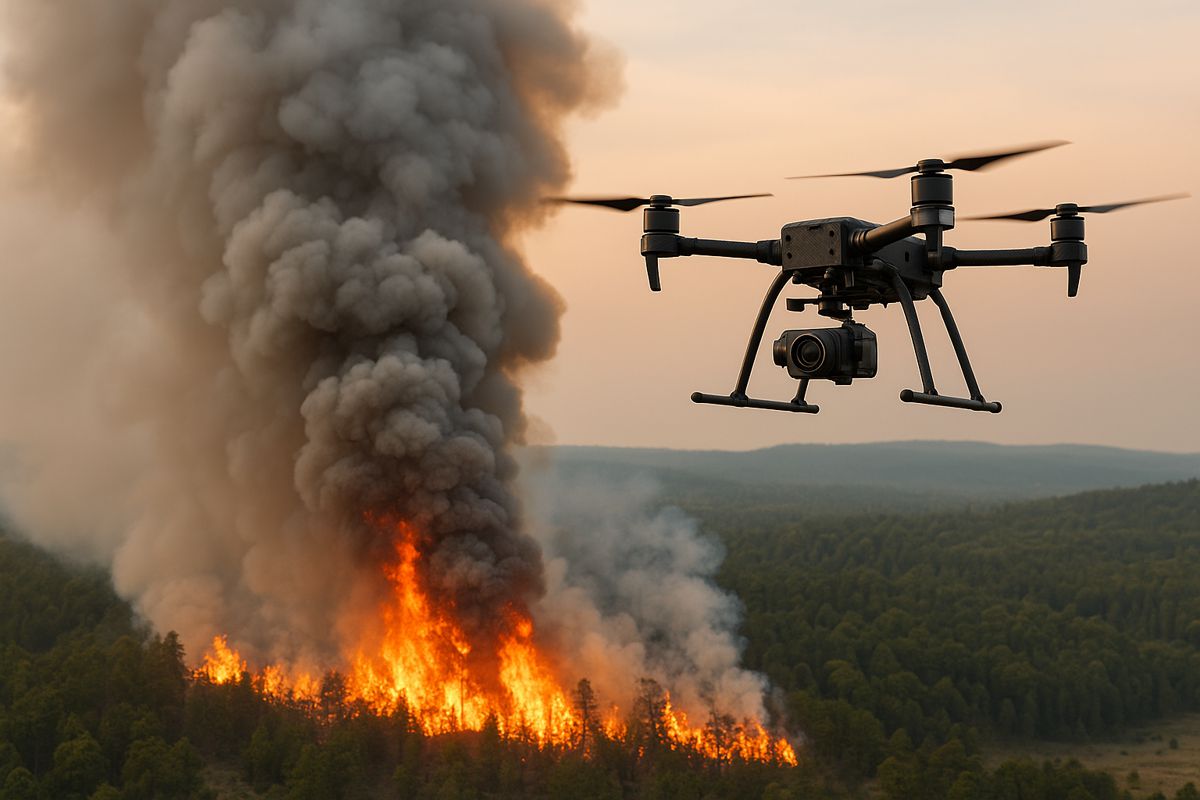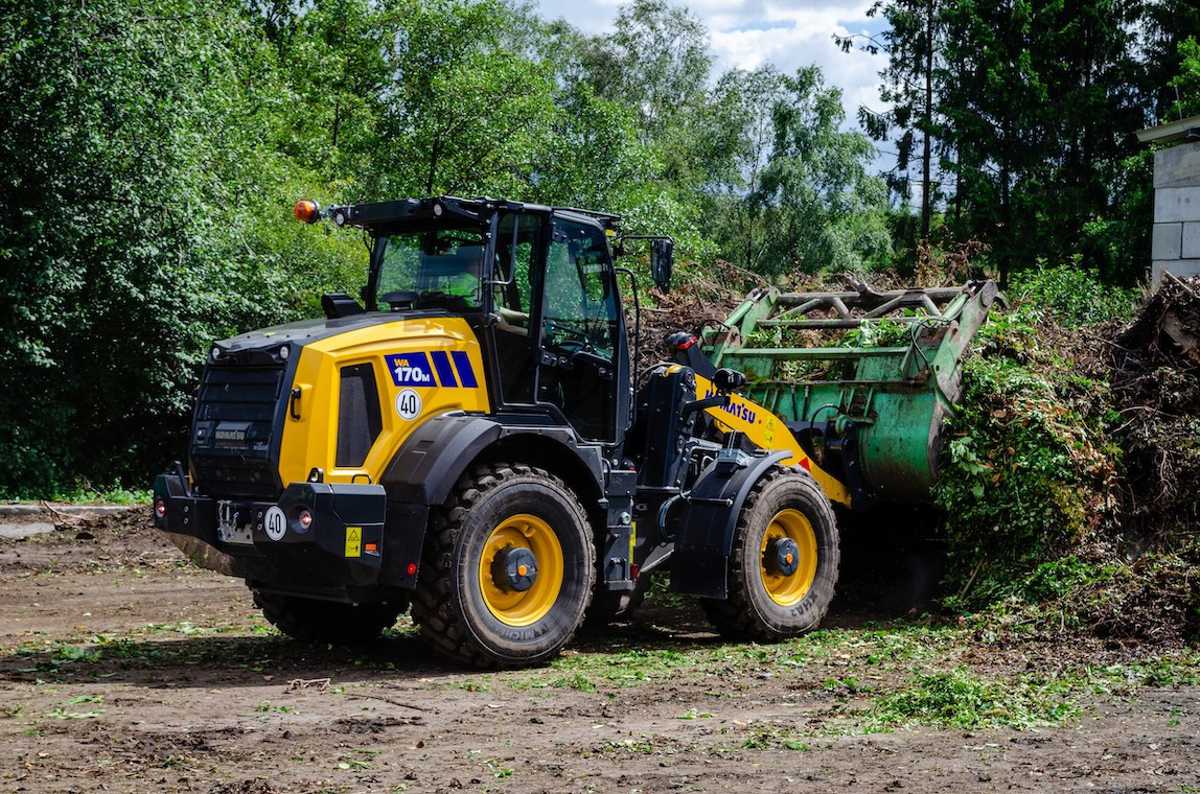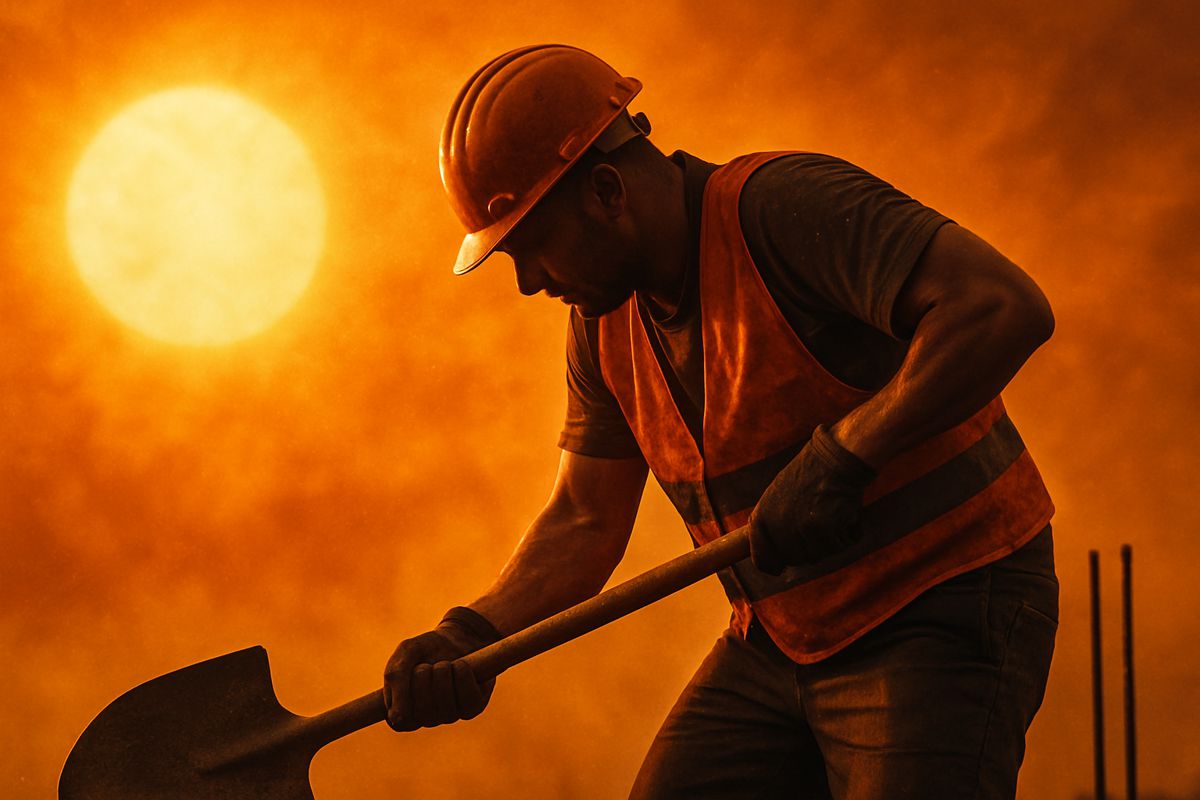A Highways Contractors Guide to Protecting Your Work Gear
As a highways contractor, your tools and equipment are the backbone of your business. From heavy machinery to smaller hand tools, every piece of gear plays a critical role in ensuring projects are completed safely, efficiently, and on time.
Protecting these assets isn’t just about preventing financial loss, it’s about maintaining the reputation of your business and ensuring smooth operations across multiple job sites. Here’s a detailed guide to help you safeguard your work gear effectively.
Implement Robust Security Measures
Highways contractors often operate across different locations, making tools and equipment vulnerable to theft. Investing in high-quality locks, secure storage units, and surveillance systems can significantly reduce this risk. Always store tools in locked compartments or secure trailers when not in use. For larger equipment, consider GPS tracking systems, which allow you to locate machinery in real time if it’s stolen or misplaced. Even simple measures like well-lit storage areas and visible signage can deter potential thieves.
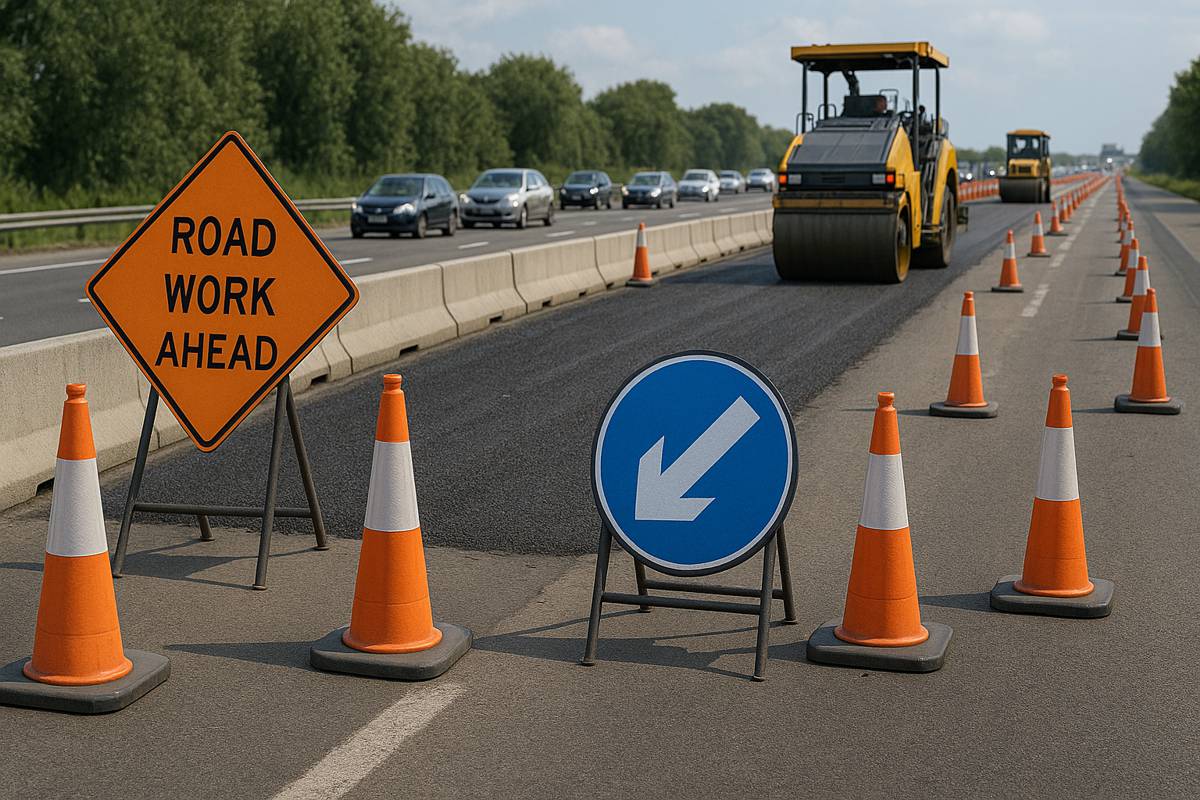
Regular Maintenance and Inspections
Routine maintenance is essential to extend the lifespan of your tools and avoid costly downtime. Create a schedule for cleaning, lubricating, and inspecting your equipment. Check for wear and tear, loose parts, or signs of rust and address these issues promptly. Proper maintenance not only prevents unexpected breakdowns but also ensures that your tools operate safely and efficiently. Documenting these maintenance activities also helps with warranty claims and can be useful when filing insurance claims.
Utilize Personal Protective Equipment (PPE)
Proper PPE is a key component of safeguarding both your employees and your equipment. Gloves, hard hats, steel-toed boots, and high-visibility clothing protect workers from hazards while reducing the likelihood of accidents that could damage your gear. Ensure that PPE meets industry standards and replace items as needed to maintain optimal protection. Training employees on the correct use of PPE further minimizes the risk of damage to both tools and personnel.
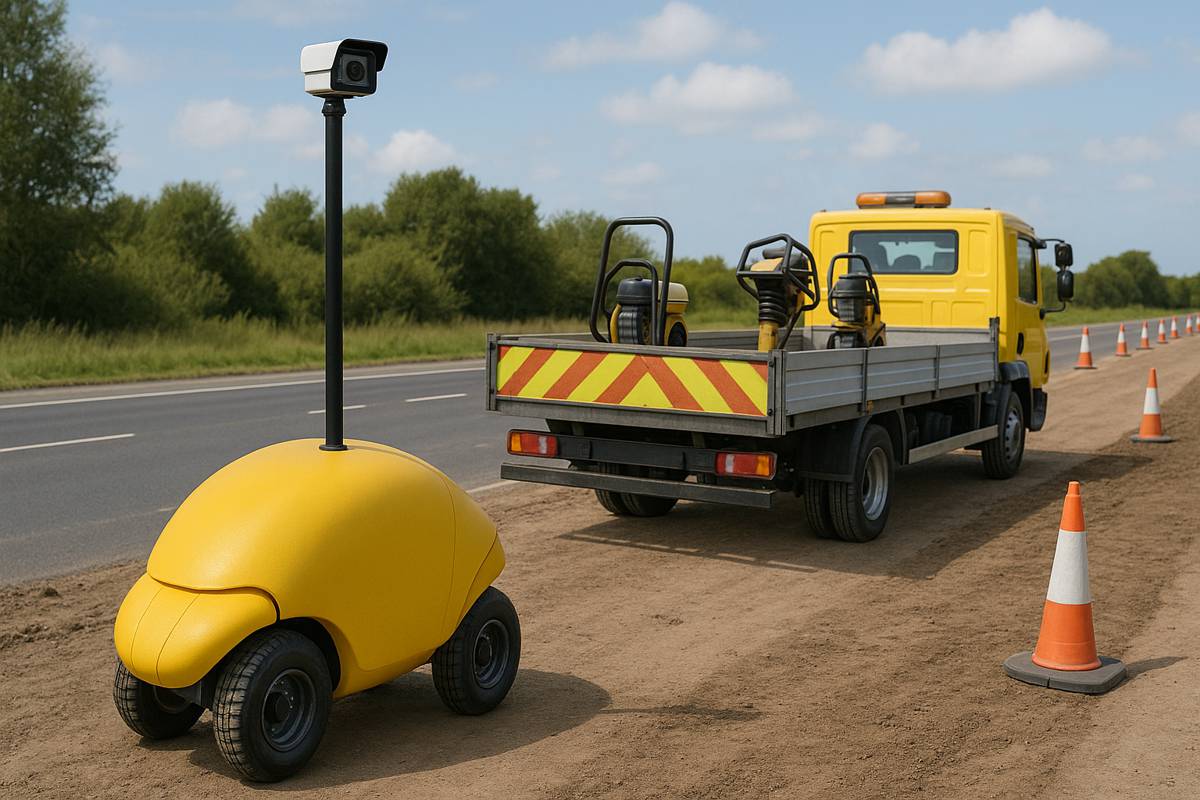
Adopt Safe Work Practices
Safety protocols are critical to preventing accidents that could result in damaged equipment or delays in your project timeline. Train your team on proper handling techniques, situational awareness, and how to use spotters when operating heavy machinery. Establish designated walkways and equipment zones to prevent collisions and accidental drops. Emphasize the importance of following safety guidelines consistently to create a culture of awareness and responsibility on every job site.
Invest in Tools and Equipment Insurance
Insurance is an essential line of defense for highways contractors. Tools and equipment insurance covers repair or replacement costs if your gear is lost, stolen, or damaged. This coverage is especially valuable for contractors who transport their equipment across multiple job sites. Protecting your gear for your business tools ensures that even in the event of unforeseen accidents, theft, or natural disasters, your business can recover quickly without significant financial strain.
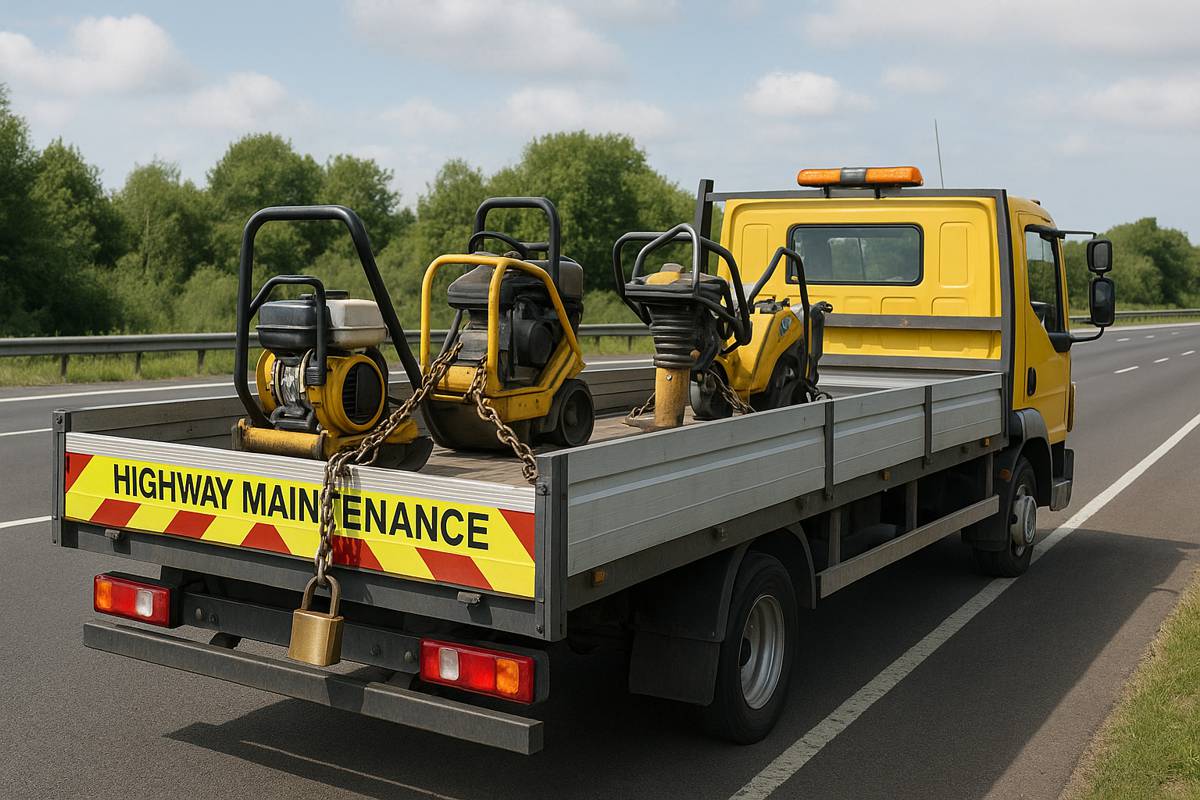
Maintain Detailed Records
Keeping a detailed inventory of all tools and machinery is crucial. Include serial numbers, purchase dates, and maintenance histories for each item. This documentation not only makes insurance claims easier but also helps track the condition and location of your assets. Digital record-keeping can further simplify the process and allow quick access to information when needed.
Secure Transportation
When moving tools and equipment between sites, ensure they are properly secured in your vehicle. Use tie-downs, protective padding, and avoid overloading to prevent damage during transit. Additionally, park vehicles in secure, well-lit areas to minimize the risk of theft while equipment is offsite. Planning transportation routes and loading procedures can further reduce the chance of accidents.
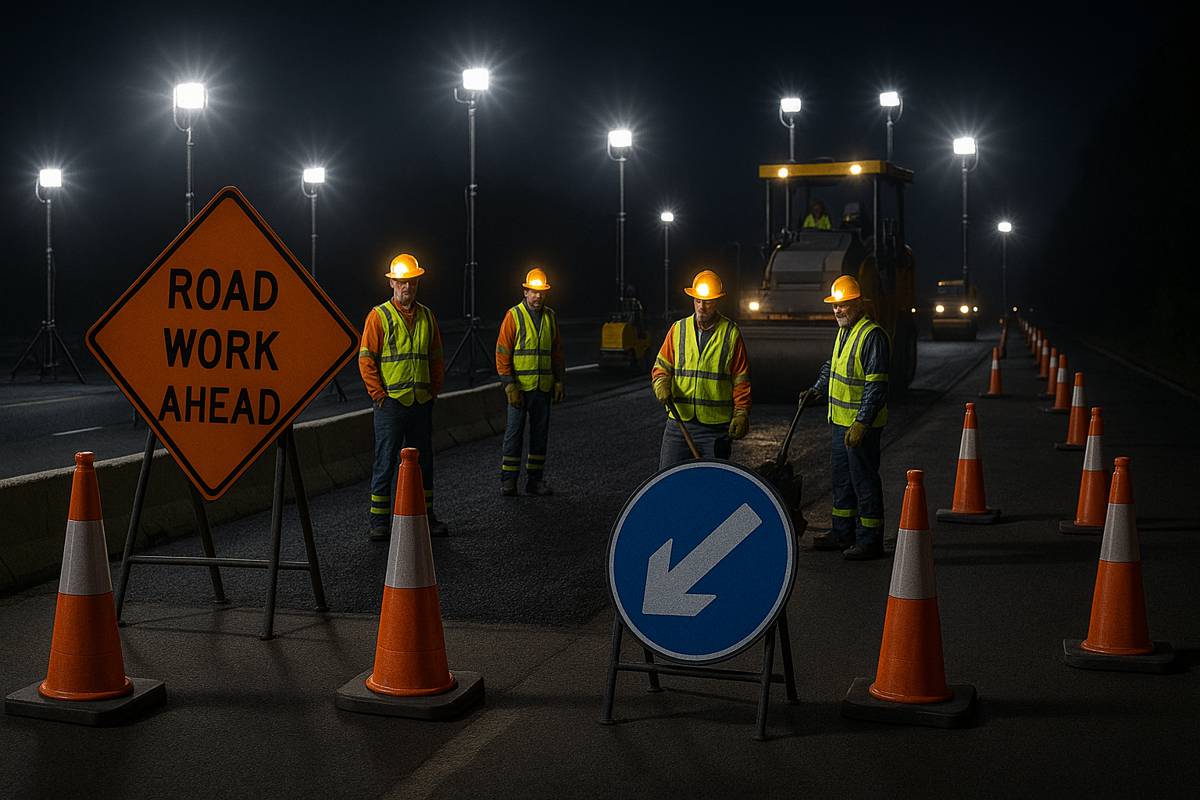
Stay Updated on Industry Standards
Regularly reviewing safety guidelines and industry standards is essential to protect your equipment and maintain compliance. New safety technologies and best practices can help prevent accidents, minimize equipment wear, and enhance overall efficiency.
Staying informed will ensure that your team is prepared for potential risks before they escalate into costly issues.









